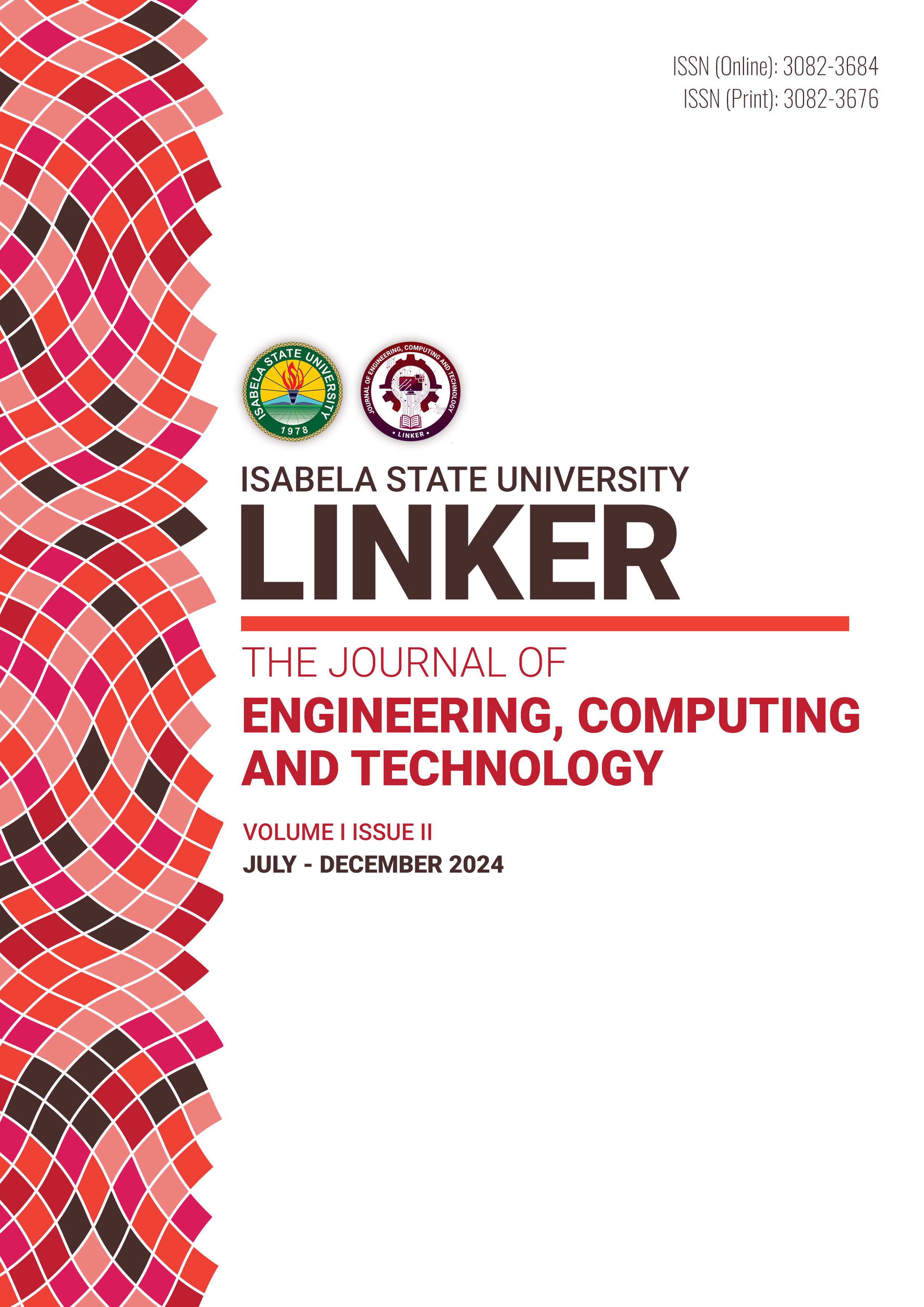Benefits and Challenges of Adopting Serverless Architectures and Function-as-aService (FaaS) for Developing and Deploying Web Services
Keywords:
Cloud computing, Function-as-a-service, Serverless architecture, Web servicesAbstract
Web services are everywhere in today’s technology acting as the backbone for many applications across diverse industries. It affects how applications are planned, presented, created, and implemented. Serverless architecture promotes flexibility in software development, allowing developers to design and develop components independently and scale them horizontally on demand. This approach has given rise to Function-as-a-Service (FaaS) in the world of cloud computing. FaaS and serverless architecture both support agility, can quickly cycle in the process of software or application development, and seamlessly integrate services and functions into existing workflows, thus having minimal effort or without overhauling the entire technology stack from top to bottom. It empowers organizations to innovate their technology stack to meet today’s demands and/or business needs. On the other hand, implementing innovative systems with cutting-edge technology has its difficulties such as but not limited to complexity in administration, volatility in performance, and vendor lock-in. Highlighting the key tradeoffs between system performance and agility to emphasize balancing the organization’s decisions in adapting a serverless architecture, this paper review aimed to examine the benefits and challenges of serverless architectures and FaaS paradigms in the context of web service development and deployment. Strategies for mitigating vendor lock-in and approaches to optimizing performance without sacrificing scalability are critical for organizations striving to enhance their systems. These strategies provide organizations with valuable insights and practical guidance, serving as a roadmap for navigating serverless computing while addressing common pitfalls to maximize its potential.










